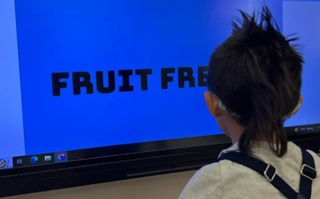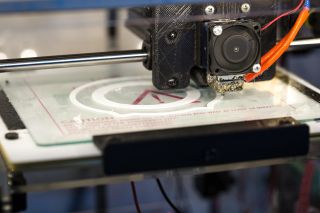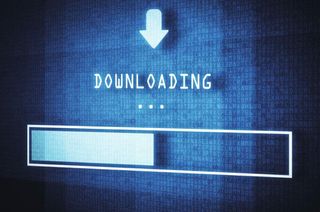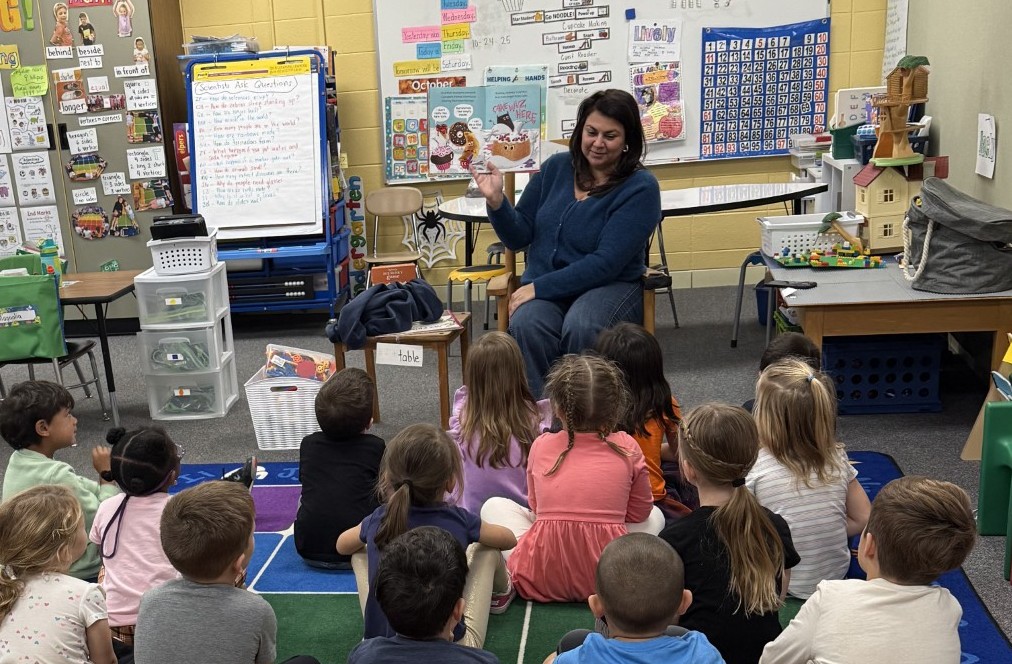Accessibility
Latest about Accessibility

Using UDL To Support CTE Instruction
By Ray Bendici published
Educators at Upper Bucks County Technical School have partnered with CAST to embrace Universal Design for Learning principles to support career technical education.

Using AI and Tech For Accessibility: 5 Tips For Educators and Students
By Erik Ofgang published
Crystal Yang created an educational app that has been used by more than 7,000 blind students, and she hasn’t even started college yet. She shares tips for ways others can harness the power of AI and technology.

4 Ways to Leverage AI to Bridge Cultural Gaps in K-12 Classrooms
By Steve Baule published
By providing personalized learning experiences, enhancing communication and collaboration, and fostering cultural awareness, AI can help bridge gaps.

Using 3D Printing and Student Input to Aid Accessibility
By Erik Ofgang published
3D printing has provided young adults at one nonprofit an opportunity to design and build their own assistive technology.

How AI Can Help Special Needs Students Better Express Themselves
By Michael Millington published
AI can help achieve a higher level of communication with your special needs students.

The FCC’s Affordable Connectivity Program Could End. Here’s Why That Might Not Be Bad for Schools
By Erik Ofgang published
John Harrington, chief executive officer of Funds for Learning, discusses Affordable Connectivity and E-Rate.

Exploring the Essential Elements of Inclusive Technology Systems
By Eileen Belastock published
How to ensure inclusive technology systems so all learners can access learning tools and resources

Virtual ASL Interpreters: 5 Tips for Using Technology to Improve Accessibility
By Erik Ofgang published
Live streaming virtual ASL interpreters can help schools overcome a shortage in ASL educators. Here are some best practices.
Tools and ideas to transform education. Sign up below.


